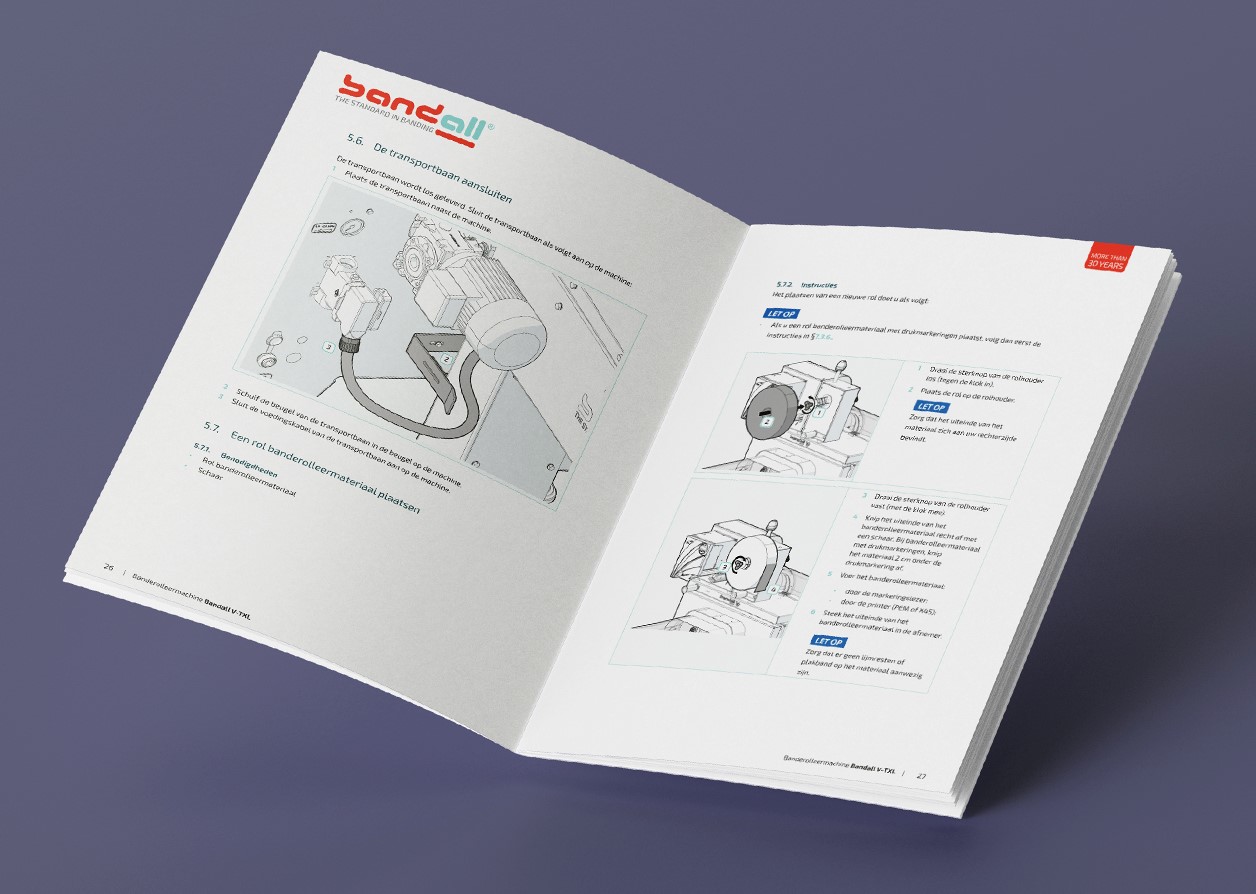How to write a user manual?
Before mentioning our rules for writing a user manual, we want you to know that we always make sure that we do not forget anything before the writing actually starts. Here are the three stages we always keep in mind:
Five rules when writing a user manual
When writing user manuals, any technical writer should always keep five rules in mind. It may not be necessary to act upon every of the following five points. But you (or we!) should at least consider them.
1. Determine which people you want to address
Your tone of voice is important in a user manual, or any manual for that matter. When addressing a first time user of a photo camera, your choice of words should differ from the words you use when writing for a pilot who already has much experience on different planes. A pilot need not be told what a overhead panel is. A first time user of a camera needs to know where to find the button with which to actually take a picture.
2. Make sure your information is complete
If you do not collect all the information available, your or our technical writers cannot be precise. Any user manual should be exactly that: precise. Telling the user that “your device needs regular cleaning” is simply not good enough. A user needs to know which are the intervals for cleaning his coffee machine. It is as simple as that, yet, examples to the contrary are still very common.
3. Take leading principles into account
At Manualise, we always take three main principles into account. These are Simplified Technical English (STE), minimalism and topic based authoring.
Simplified Technical English is a special kind of English that limits the number of words in a sentence and the number of words that you are allowed to use, thus leading to clear-cut sentences without ambiguity.
Minimalism is a principle that ensures that your user only reads relevant information in your user manual. Minimalism prevents a technical writer from explaining actions when in fact he should only be mentioning the actions to get things done. In minimalism, you do not tell that water is necessary to heat your building. You simply concentrate on the action how to turn on the boiler.
Topic based authoring leads to functional blocks of information instead of linear information, as can be found in a book. By using functional blocks, information can be reused easily, especially if you (or we) are using a content management system that is geared to technical documentation.
Users can absorb 25% more information as a consequence of bringing the three writing principles into practice. When creating a user manual, it is very important to keep ‘the three’ in mind.
4. Use imagery where possible
Manualise considers itself to be an expert in visuals. Our message is clear: if a picture tells you more than a 1,000 words, please use or create this picture! Technical illustrations are not only very effective, they also save you real money. After all, translation is no longer necessary.
5. Do not only take care of translation, but also of localization
What do we mean by “Do not only take care of translation, but also localization”? We mean, among other things (!), that we won’t write “1.000 words” in English, but “1,000 words”. Whereas we would write “1.000 woorden” in Dutch and not “1,000 woorden”. The difference between countries can be as small as a dot or a comma.






